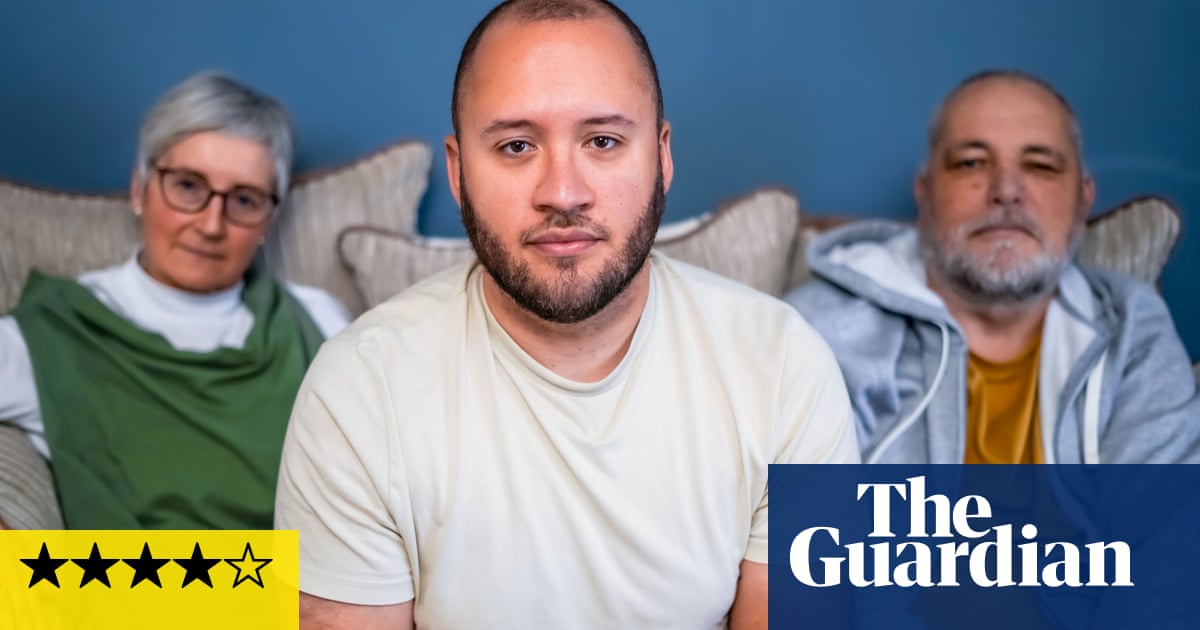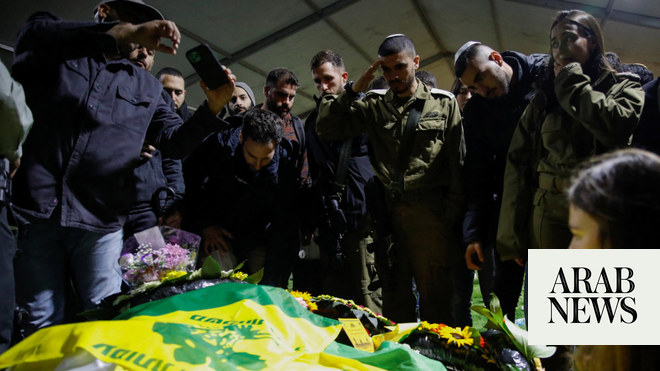
A clock that is the sole surviving object from a second world war Jewish hideout will go on display at Amsterdam’s Dutch Resistance Museum this year.
The round mantelpiece clock may have been one of the last things people saw as they were seized by the Nazis and sent to death camps.
Along with scores of family photographs, documents and a book of poetry, the clock belonged to the family of Janny Brandes-Brilleslijper, a Holocaust survivor and resistance fighter.
The family artefacts help tell the story of Dutch Jewish resistance to the Nazis, so often overshadowed by the horrific history of the large numbers sent to their death.
About three-quarters of Dutch Jews were murdered during the second world war, the highest death rate in western Europe. “That is a factor why people thought that the Jewish resistance was next to non-existent,” said Filip Bloem, collection manager at the museum. “But if you look more precisely you see there were many Jews, thousands and thousands of Jews, in hiding.”
After the Nazis invaded, Marianne Brandes-Brilleslijper, known to everyone as Janny, refused to get a Jewish ID card and started working for the resistance, stencilling messages on pillars and posts, moving illegal parcels and documents, often hidden under the mattress of her pram carrying one of her children.
When the net began to tighten, she and her husband Bob, and their two children, Robbie and Liselotte, moved to a villa in the woods outside Amsterdam.
She lived there with her parents, her sister Lien’s family, other Jewish people and resistance fighters. At its peak, 17 permanent residents lived at ’t Hooge Nest (the High Nest), a tale recounted by Roxane van Iperen in her bestselling book of the same name, published in English as The Sisters of Auschwitz.
Hidden away from the main road, the villa became an unlikely haven for culture, as the residents put on concerts, wrote music and distributed resistance papers. “Yiddish culture and other arts flourish at the High Nest. There is dance, music, song and recitation. Simon drums, Puck plays the violin and Jaap builds Kathinka a little piano,” wrote van Iperen.
It did not last. The group was betrayed in the summer of 1944. Janny had been out shopping when the Nazis arrived. Laden with heavy bags of wheat, she asked four-year-old Robbie to run ahead for help with the shopping. It was only when she got to the door that she saw the big Chinese vase in the window was gone – the warning signal.
“She knew it was wrong, but I was already running into the house,” said Robert Brandes, now 82, recounting one of his few memories of life in the High Nest. “She couldn’t call me back and I was already in the house and she knew it was lost. They hit my mother. I can still remember.”
Janny, her family and the other Jewish occupants were sent to the Dutch transit camp of Westerbork. (Robbie and Liselotte were spared as Janny’s husband was not Jewish).
At Westerbork, they met another Amsterdam family who had been discovered, after two years hiding in the secret annexe: Anne Frank, her sister Margot and their parents. The Brilleslijpers and the Franks were put on the last transport to leave the Netherlands for Auschwitz.
As the war entered its final stages, Janny, Lien and the Frank sisters were sent by train, then forced on a death march to Bergen-Belsen. At this overcrowded, disease-ridden camp – “a runaway fair of insane, sick and dying people” wrote van Iperen – Janny worked as a nurse, although there were no medicines. She urged friends, family acquaintances to live, pre-chewing stale bread for the weakest, scavenging tiny scraps of food, closing eyes. She was one of the last to see the Frank sisters alive.
Janny and Lien survived the war. Robert remembers the day his mother came to the family’s rented house on the Amstel in Amsterdam. “I cried out to the whole street, look ‘My mother is back, come see everyone my mother is back.’”
One of the exhibits donated to the museum is a letter from Robert’s father to Janny, telling of his joy that she survived. “Darling, I thought I would sink through the floor for joy. I just didn’t know what to say or to do. Robby is still the sweet boy you knew. Our darling Liselotte resembles my sweet wife more and more.”
Janny’s father’s identity card, with a large J stamped on it, is also on display. Joseph Brilleslijper, his wife Fietje and their son Jaap, died at Auschwitz. Janny devoted her life to the recognition of war victims. She died in 2003.
The collection also includes a poetry album belonging to Lien Brilleslijper, a booklet where family and friends would write life lessons in verse. “When you read it now with the knowledge that many of them didn’t survive the war, that is bittersweet,” Bloem said.
The documents and photos will be available on digital display on the museum’s website in the spring, while the clock is due to join the permanent collection from October.












